

John Divola has archived his entire oeuvre, including writing and essays on an easy to navigate site.
Chronologically organized, the viewer has the opportunity to track and
understand the development of this artist in a way that is rare. I
recommend spending some time on the site, as my comments and anecdotal
navigation of his early work is intended to contextualize his practice
specifically around the things I am interested in.
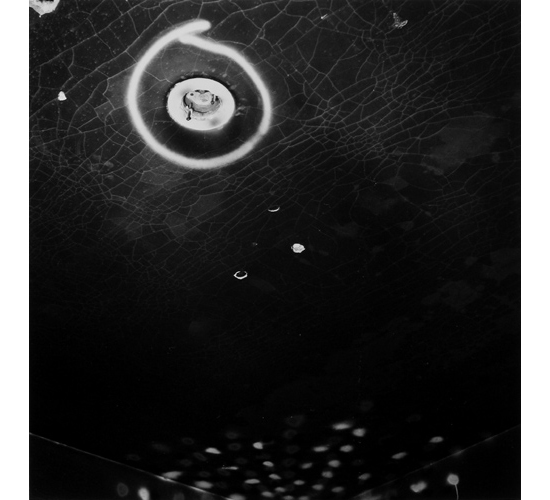 © John Divola, Vandalism, 1973-75
© John Divola, Vandalism, 1973-75
Mark making is always and unconditionally contained within a larger ideological structure, either as a direct response to the customary practices of a given society, or as interpreted through the cultured viewer. Take for instance a baby’s scroll. The development of that infant’s psychological framework may not be linked to a larger ideological narrative at the time of early mark making, but our insistence on defining the child’s drawings and the conjecture that follows, unequivocally confirms our notions of identity.
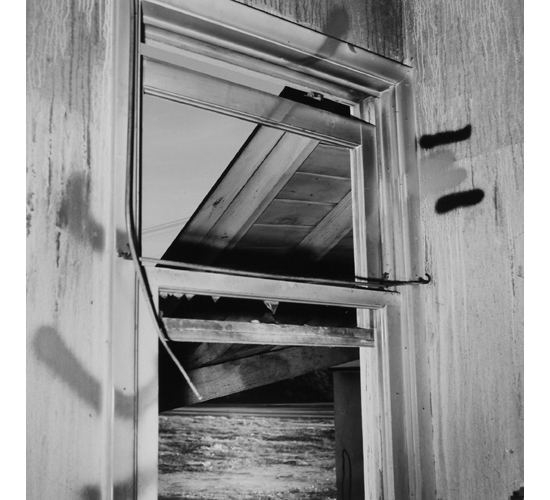 © John Divola, Vandalism, 1973-75
© John Divola, Vandalism, 1973-75
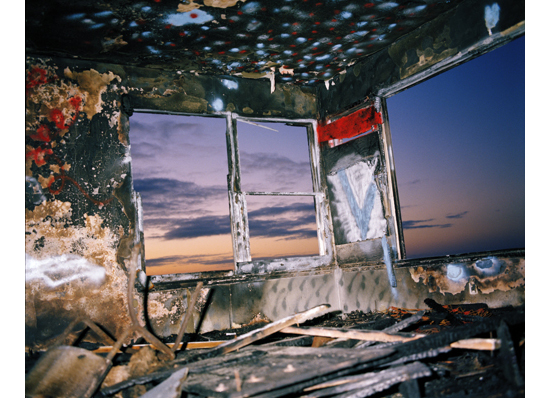 © John Divola, Zuma, 1973-75
© John Divola, Zuma, 1973-75
This narrative, mise-en-scène, sets the backdrop to John Divola’s work in the 1970’s, some of the most iconic intervention-based photographic work made to date. John Divola’s oeuvre is intensely impressive, if not completely overwhelming. In both Vandalism and Zuma, John Divola spray paints chaotic marks and symbols on the walls and objects found in abandoned Californian buildings. The 1973 Oil Crisis was the same year he started his Vandalism work, and he finished in 1975, the year the Sex Pistols formed.
Above all else, the glisteningly bitter surface of punk rock is iconoclastic, usually masqueraded, but often sourced in the deeply misanthropic sentiment of its wielders. Additionally, punk is frequently pitched as nihilistic and leaving the physical trace of infant-like gestures (kicking and screaming, unabashedly destructive to myriad environments), which reveals an interesting congruency to Divola’s mark-making
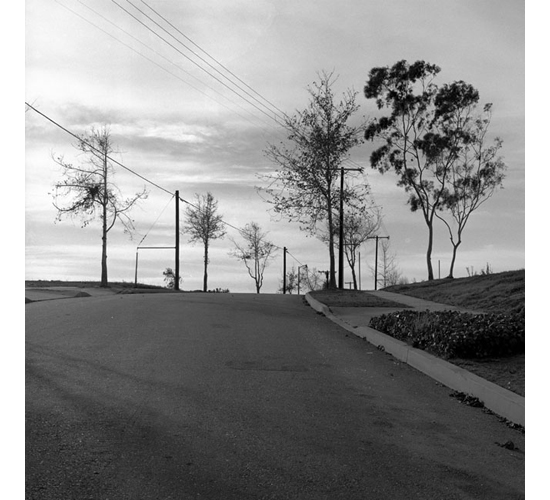 © John Divola, LAX NAZ, Forced Entries, 1975-76
© John Divola, LAX NAZ, Forced Entries, 1975-76
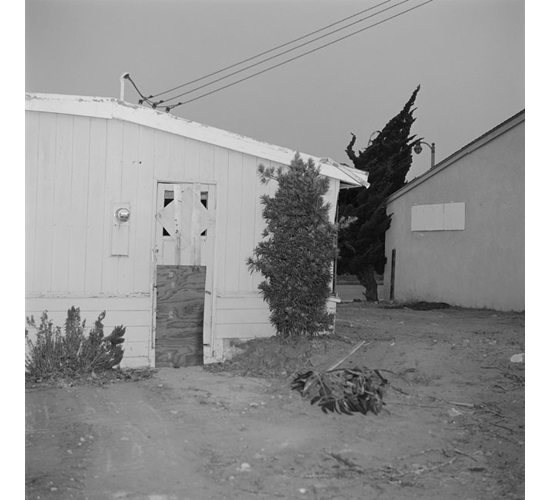 © John Divola, LAX NAZ, Forced Entries, 1975-76
© John Divola, LAX NAZ, Forced Entries, 1975-76
A punk starts off bored. Boredom is the historically great source of not just mark-making but the full spectrum of creative-output. Boredom is customarily temporary (I’m so bored today), and in the context of punk, boredom brews the violence that often follows. Boredom is a lack of attention, concerted indifference, and stands in defiance to an emotional state that would otherwise offer the ability to process the world’s signals and make sense. Specifically, the punk persuasion of boredom isn’t the inability to decipher meaning and guide ambition; the society that requests that type of attention and engaged living experience is a society that disgusts these feral subculture freaks.
 © John Divola, San Fernando Valley, 1971-73
© John Divola, San Fernando Valley, 1971-73
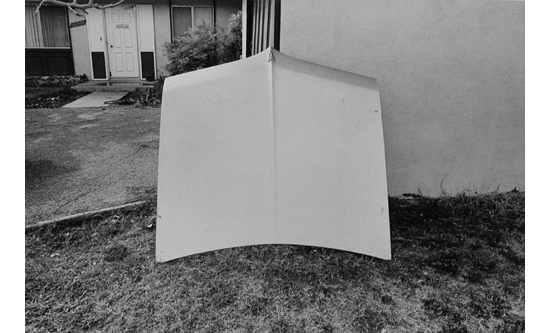 © John Divola, San Fernando Valley, 1971-73
© John Divola, San Fernando Valley, 1971-73
Was John Divola bored? Certainly his early pictures of California vernacular, San Fernando Valley, reveal a guide to the region’s self-destructive monotony and dreary sense of false self-contentment, both in form and content. I imagine Divola noticing boredom, understanding his own parallel apathy, and responding with the deadpan, loosely typographical images that result in San Fernando Valley. I also imagine his artistic scaffolding being built around a disdain for the external stimulation offered by the existing status quo.
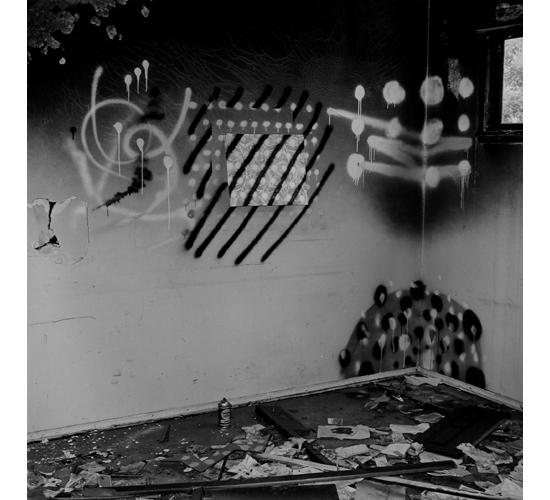 © John Divola, Vandalism, 1973-75
© John Divola, Vandalism, 1973-75
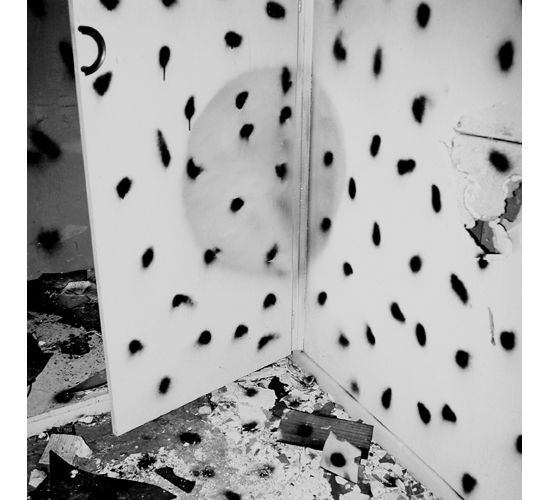 © John Divola, Vandalism, 1973-75
© John Divola, Vandalism, 1973-75
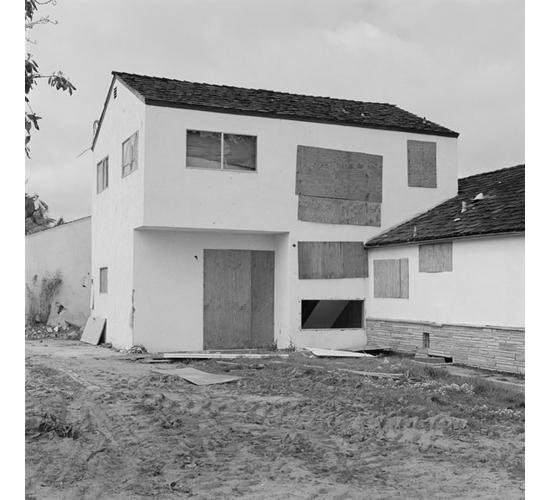 © John Divola, LAX NAZ, Forced Entries, 1975-76
© John Divola, LAX NAZ, Forced Entries, 1975-76
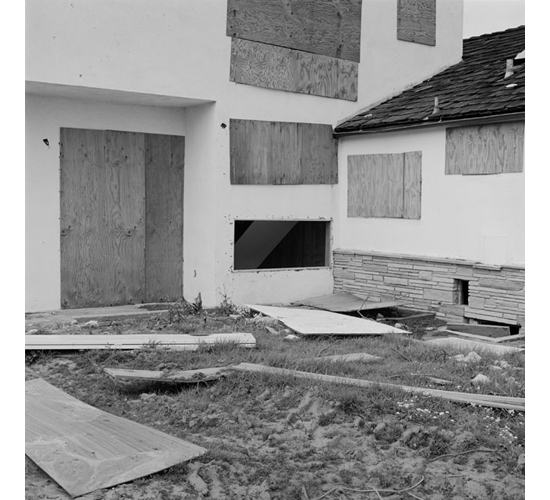 © John Divola, LAX NAZ, Forced Entries, 1975-76
© John Divola, LAX NAZ, Forced Entries, 1975-76
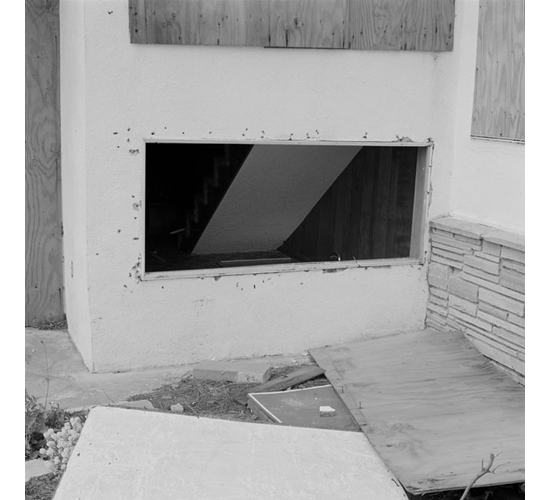 © John Divola, LAX NAZ, Forced Entries, 1975-76
© John Divola, LAX NAZ, Forced Entries, 1975-76
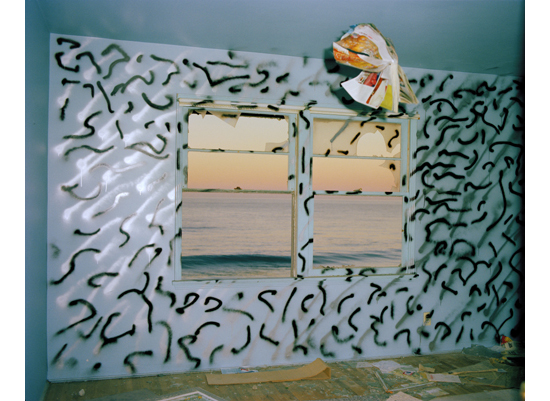 © John Divola, Zuma, 1977
© John Divola, Zuma, 1977
 © John Divola, Zuma, 1977
© John Divola, Zuma, 1977
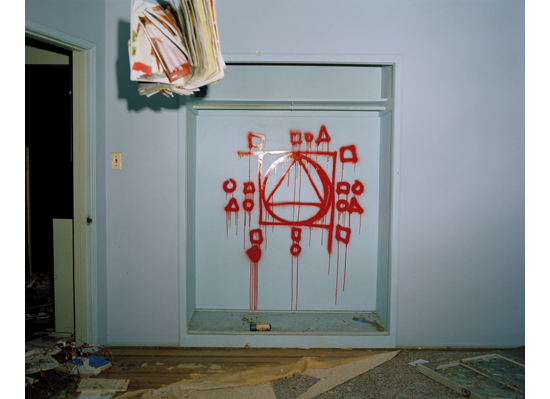 © John Divola, Zuma, 1977
© John Divola, Zuma, 1977
Similarly less structured, the phone books and other ephemera that appear in some of Zuma’s images (examples above) carefully navigate between the control of craft and a gestural transience. Divola states, “On initially arriving I would move through the house looking for areas or situations to photograph. If nothing seemed to interest me I would move things around or do some spray painting. The painting was done in much the same way that one might doodle on a piece of paper. At that point I would return to the camera and explore what ever new potentials existed.” This navigation is often exemplified in more mature readings of punk culture, with the end result of all the perceived senseless violence being decidedly political. That is, beyond punk’s social practice and sonic force, there is undeniably a topical narrative, most frequently dealing with the American dream (and decay), tried and true, falling apart at the edges. Divola’s mark once again can be interpreted the same way.
Divola’s art in the 1970’s was not only interesting in its own right, but his practice greatly informed his subsequent work. For example, his collections and typologies of Hollywood stills in Artificial Nature (2002), Chairs (2000), and the book Continuity (1997), wholly suggest that the artificial is worth looking at, not because of the constructions that it represents but, because, well, just how artificial it all is. The act of creating typology suggests a lack of emotional interest in the subject, the deduction being that the artist is not just unemotional about the artificiality of Hollywood, but the reality it’s based on. In As Far As I Could Get, Divola runs as fast as he can away from the camera after the shutter and timer are triggered. The viewer is left with an obvious, but profoundly interesting question; what is he really running away from? Beyond the dry, effacing nature of the resulting prints, the question seems to answer itself.
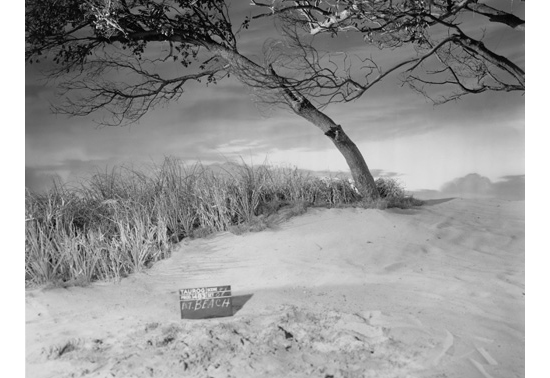 © John Divola, Artificial Nature, 2002
© John Divola, Artificial Nature, 2002
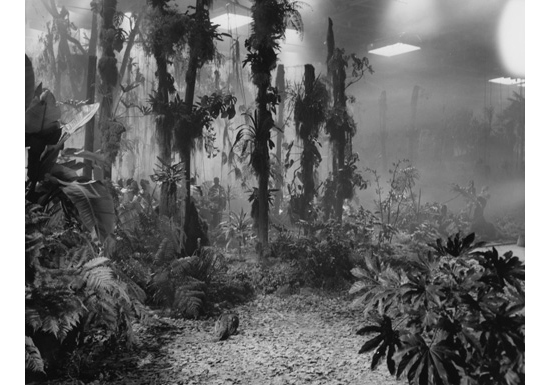 © John Divola, Artificial Nature, 2002
© John Divola, Artificial Nature, 2002
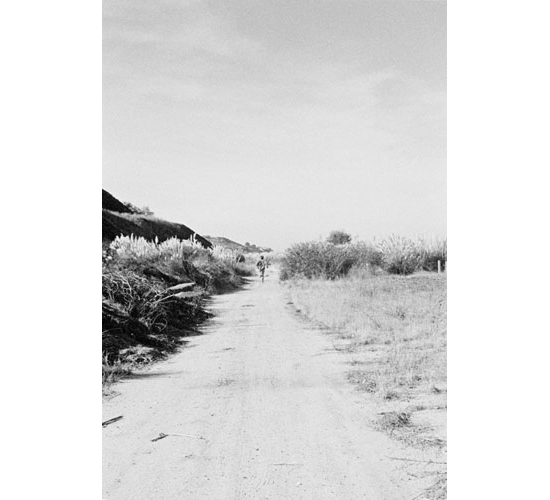 © John Divola, As Far As I Could Get, 1996-97
© John Divola, As Far As I Could Get, 1996-97
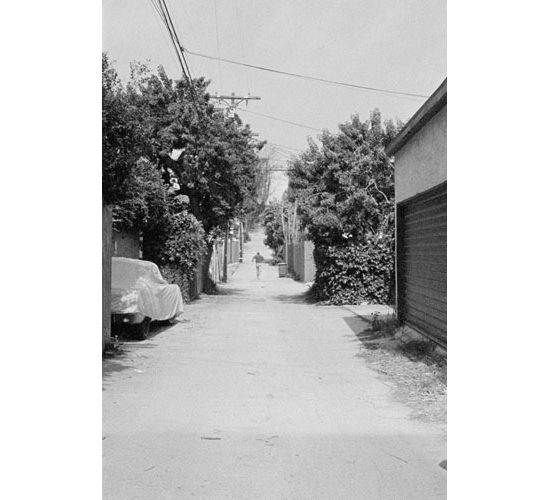 ©John Divola, As Far As I Could Get, 1996-97
©John Divola, As Far As I Could Get, 1996-97